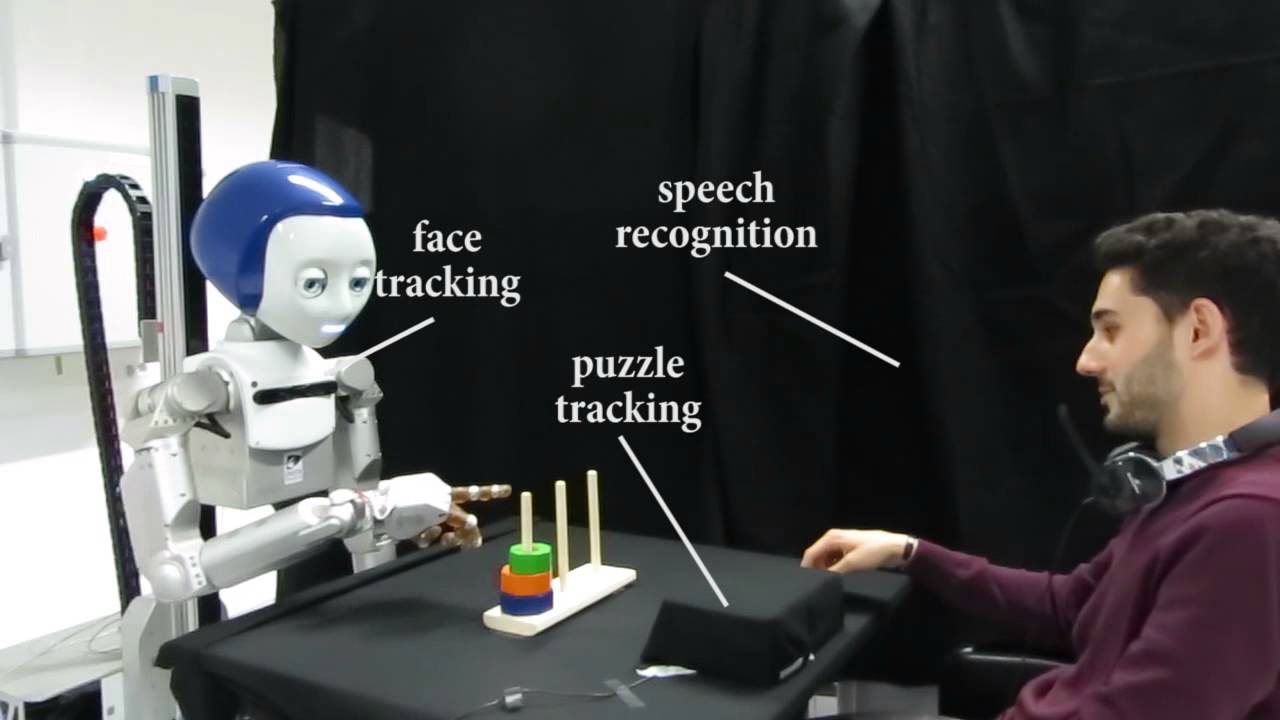Feb 2, 2016
Can Photon Probabilities Change the World?
Posted by Andreas Matt in categories: computing, materials, particle physics, quantum physics, transportation
Did you know that Quantum Theory does not know how probabilities are implemented in Nature? And for that matter neither does any other physical theory. Why? Or why not? The closest Quantum Theory comes to explaining probabilities, is to guess that a particle’s wave function is related to its probabilities. That’s it!
Why do we need to ask this question? Commercial opportunities. Imagine if you could control where a photon localizes (captured by an atom). Particle detectors become significantly more sensitive. Boring? No, in fact, DARPA aims to precisely spot single photons and explore the Fundamental Limits of Photon Detection. Anti-stealth is one application. Imagine if you didn’t need 1,000,000 radio wave photons to determine an aircraft’s radar signature, but only a 1,000?
Using probabilities to control photon switching “circuits”, probability switches. Imagine an empty box with optical cables entering and exiting. These probability switches cause photons to exit through different optical cables by controlling where they localize within the box. What if we could build computers with materials lighter than a feather to switch photon paths, instead of heavy silicon or gallium arsenide to switch electron paths? Imagine how fast these switches could operate, as no matter is involved.
 Did you know that Quantum Theory does not know how probabilities are implemented in Nature? And for that matter neither does any other physical theory. Why? Or why not? The closest Quantum Theory comes to explaining probabilities, is to guess that a particle’s wave function is related to its probabilities. That’s it!
Did you know that Quantum Theory does not know how probabilities are implemented in Nature? And for that matter neither does any other physical theory. Why? Or why not? The closest Quantum Theory comes to explaining probabilities, is to guess that a particle’s wave function is related to its probabilities. That’s it!



 DARPA Futurist’s visions of the future: non breakable parts and improving energy usage. Interesting, we both had worked at the National Labs.
DARPA Futurist’s visions of the future: non breakable parts and improving energy usage. Interesting, we both had worked at the National Labs.








